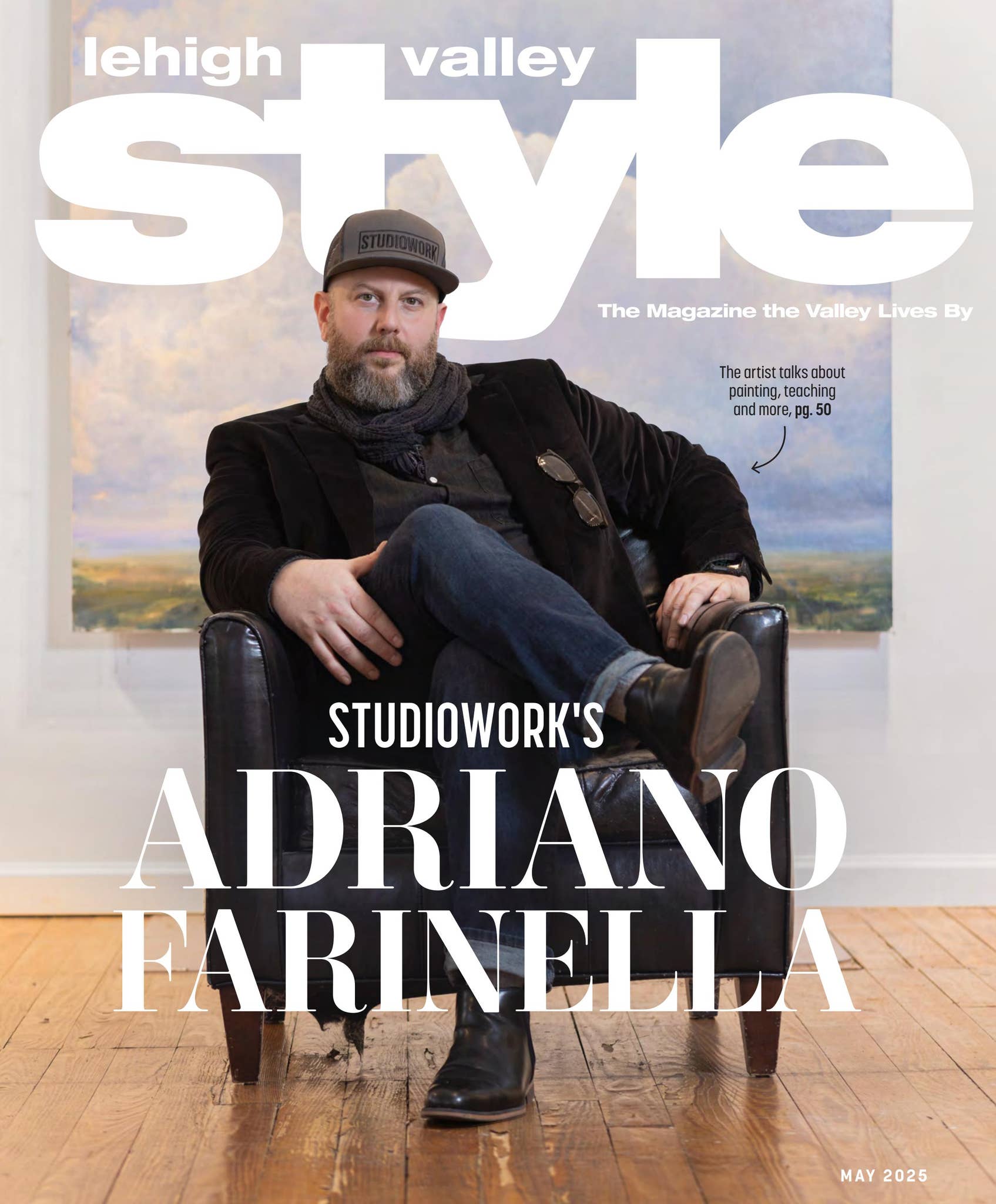Over the last three decades, Sauvignon Blanc has been at the center of what many consider a “wine phenomenon.” Originally from the region of Bordeaux, this aromatic white grape varietal has spread through France and travelled across the world to fashion distinctive styles of wines.
The Classic Sauvignon Blanc
Interestingly, some of best bottles of Sauvignon Blanc wear labels that don't even specify the grape varietal. The traditional wine regions of Loire and Bordeaux in France offer scrumptious examples of Sauvignon Blanc. Frequently, the only clue with regards to the grape is the designation of origin.
For a classic approach to Sauvignon Blanc, I recommend starting in the Loire Valley. The protected appellations (look for the terms A.O.P. or A.O.C. on the label) of “Sancerre” and “Pouilly-Fumé” represent the quintessential expression of this grape varietal. Other interesting appellations are “Quincy,” “Reuilly” and “Menetou-Salon.” Yes, these are all made exclusively with Sauvignon Blanc! Like many other wine drinkers, I had been sipping “Sancerre” for years without realizing what the main ingredient was. Besides, the diversity within this small area is quite humbling. Loire Valley producers aim to craft wines with their own “signature” reflecting the terroir rather than trying to offer a generic product. With bracing acidity, delicious aromas of lemongrass, ripe gooseberry and chalky minerality, these refreshing wines are particularly delicious with cheese—another obsession of mine. A simple glass of Pouilly-Fumé paired with goat cheese (on freshly baked bread, please) will make my day for sure!
Bordeaux is the other traditional French region that I would consider. The majority of the white wines from Bordeaux are made with Sauvignon Blanc (usually as part of a blend, and, again, this might not be specified on the label!). The local climate, soils and fermentation techniques in barrels result in a different approach to Sauvignon Blanc. These wines are light and fruity with citrus flavors and aromas of flowers and grass. The oak-aged version can be phenomenal. On a side note, Sauvignon Blanc also plays a major role (alongside Sémillon and Muscadelle) in the blend responsible for one of the most famous dessert wines, “Sauternes.” I will discuss this one when I am in the mood for Foie Gras (definitely not before the summer and bathing suit season!).
New World Styles
The term “Fumé Blanc” might appear on wine labels from California. The name was created (but never registered so anyone can use it) by Robert Mondavi to differentiate his dry-fermented wines from other sweet Sauvignon Blanc that were flooding the market at the time. This “marketing coup” was a success and, nowadays, “Fumé Blanc” is still a synonym for a dry wine made with Sauvignon Blanc with a subtle touch of oak. Despite the name, the flavors are very different from traditional Loire wines from the “Pouilly-Fumé” appellation, yet it is a very attractive style of wine from California.
The other great wine producing regions for Sauvignon Blanc all share cool climate conditions. Vineyards in Chile are mostly planted with cuttings that were originally collected in Bordeaux prior to Phyloxera (some argue that the vines are not 100 percent Sauignon Blanc). Wines are less pungent and have spicier aromas, with usually a very approachable price tag. The Casablanca and San Antonio Valleys as well as emerging regions of Limari and Bio-Bio are the ones to pick on shelves for a pleasant “grassy” Sauvignon Blanc experience.
South Africa (Stellenbosh in the Western Cape area in particular) is another serious contender for Sauvignon Blanc with its own rustic style and complex flavors.
All of these regions produce delicious Sauvignon Blanc but one country in particular has set a world standard when it comes to this grape varietal.
The Revolutionary Style of Sauvignon Blanc
Winemakers in New Zealand changed the wine world by launching a brand new style of Sauvignon Blanc. Back in the 1970s, the first vines were planted in the region of Marlborough on the South Island.
Climate is a paramount factor to obtain the right balance between ripeness of the fruit, acidity and aromas. Benefiting from ideal cool conditions, optimal diversity of soils and using groundbreaking winemaking techniques, wine producers successfully managed to tame Sauvignon Blanc in less than a generation.
The result is a particularly crisp and aromatic wine that has both an expressive fruit profile and unmistakable pungency (nettles, green peppers and gooseberries). The regions of Nelson and Hawke's Bay followed the innovative approach and produce amazing wines. The commercial success of New Zealand Sauvignon Blanc is undeniable: In 2017, for the first time New Zealand was ahead of Australia in terms of value of wine exported to the USA. This is quite impressive considering that Australia's wine industry is five times bigger!
While I am a fan of the Old World, I really appreciate the “Kiwi style” and encourage wine enthusiasts to “taste the revolution.” And I really look forward to the next one. Pinot Noir, anyone?
Cheers!
About the Author

Céline Riquelme is an International wine specialist, wine consultant and wine blogger.
A native of France, Céline has worked and lived throughout Europe and the USA and holds the Diploma of the WSET (Wine & Spirit Education Trust). Céline founded “Three Cheers Wine Solutions” based in Center Valley to share her knowledge and passion for wine. Céline helps clients select the best wines to serve during their special events and hosts tailor-made wine tasting experiences as well as wine educational classes. Occasions range from small parties (private dinners, bridal showers) to large gatherings (weddings, networking and charity events, corporate team-building…)
Céline also provides consulting to restaurants to optimize their wine list, train their staff and enhance the restaurants' profile through wine related events.
To learn more about hosting a private wine tasting or get advice regarding wine selection for a future event threecheerswine.com



 threecheerswine
threecheerswine threecheerswine
threecheerswine










